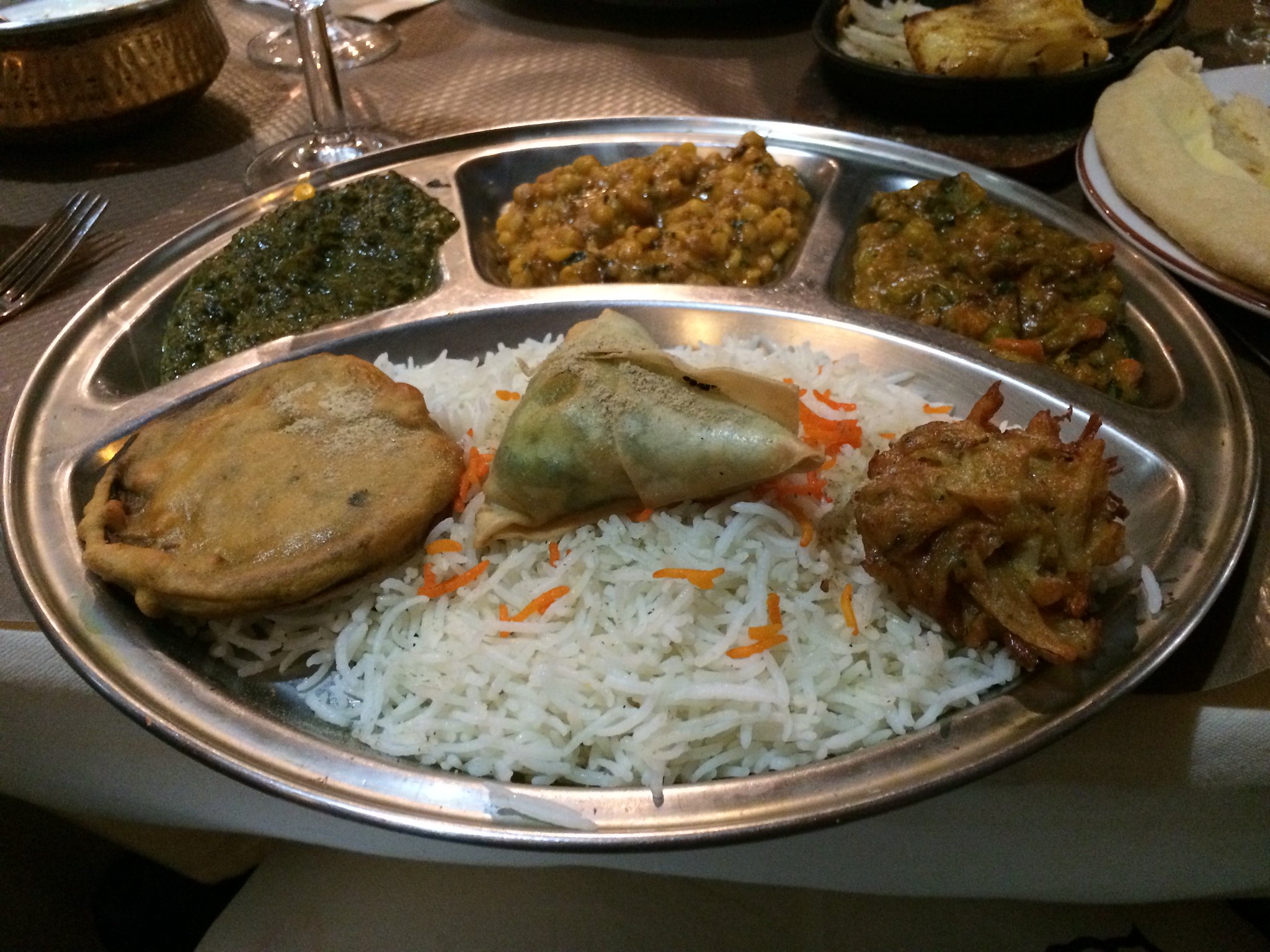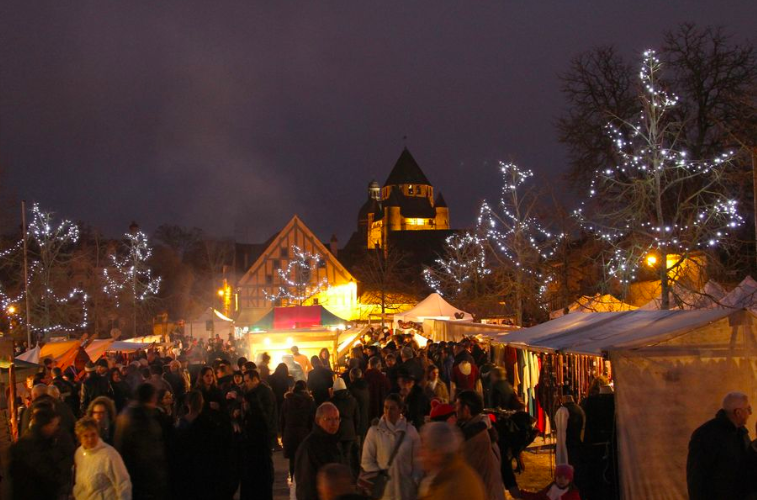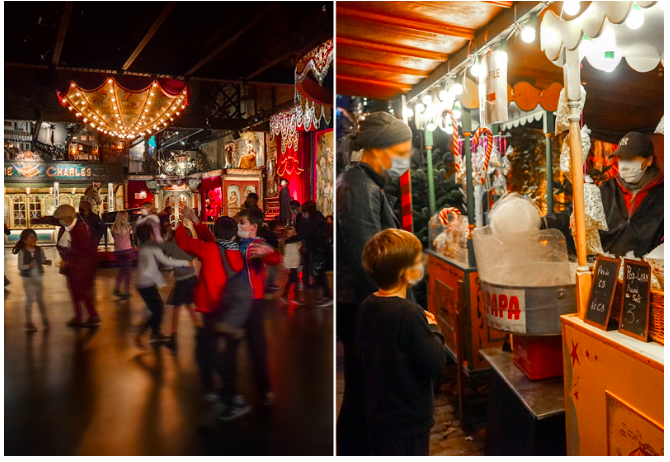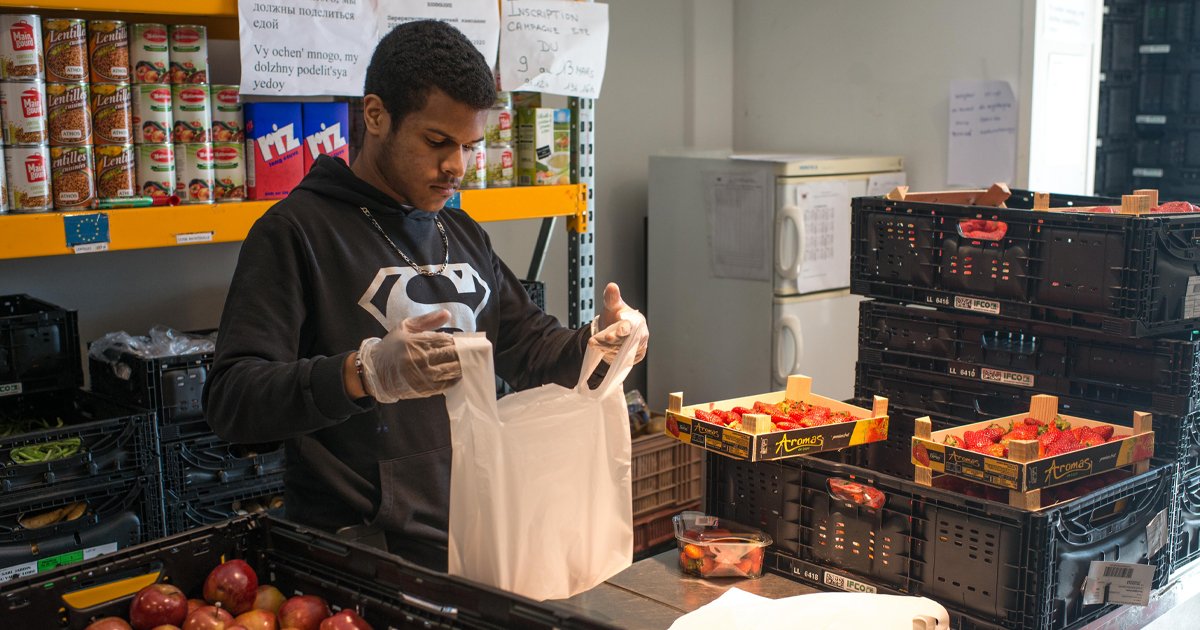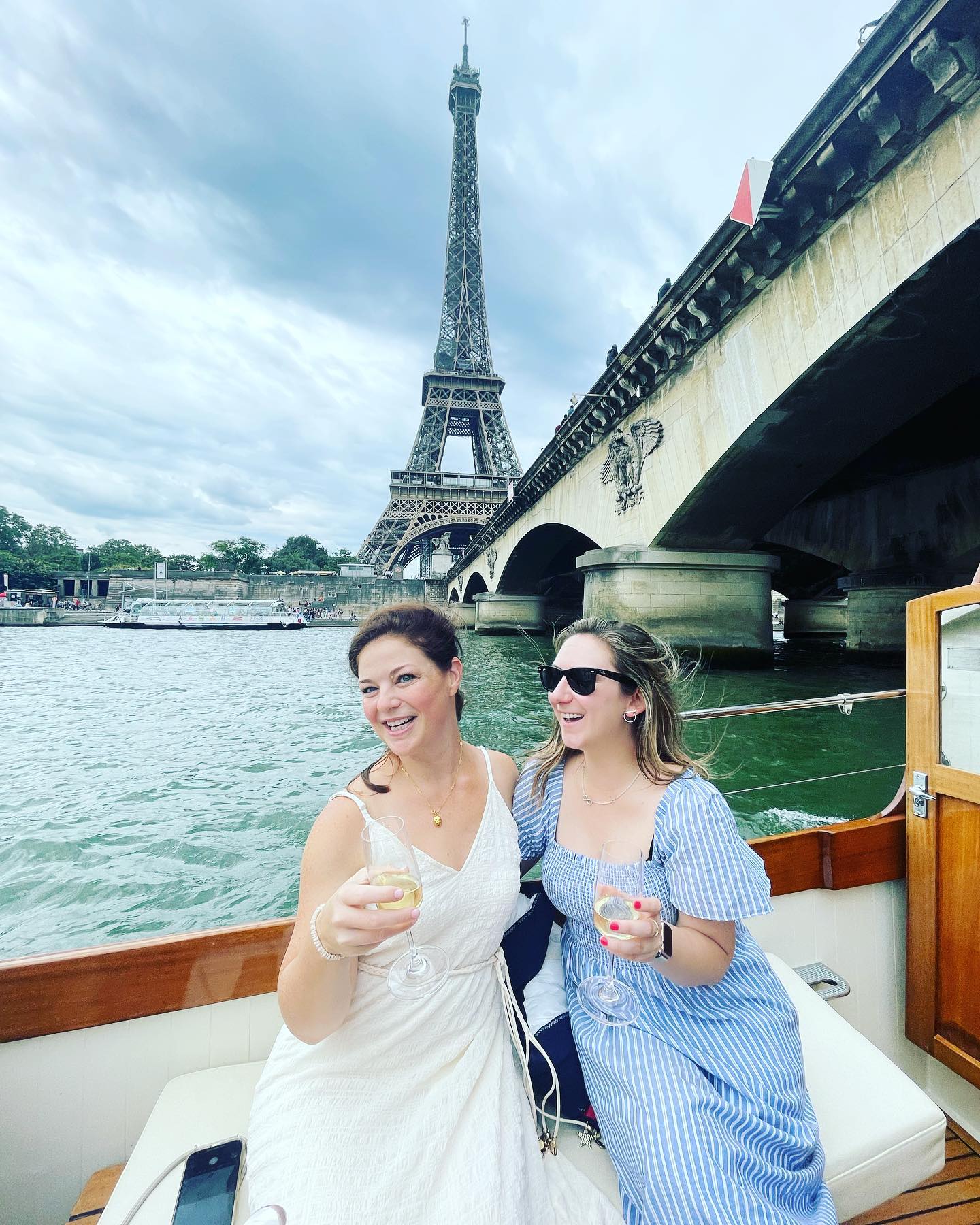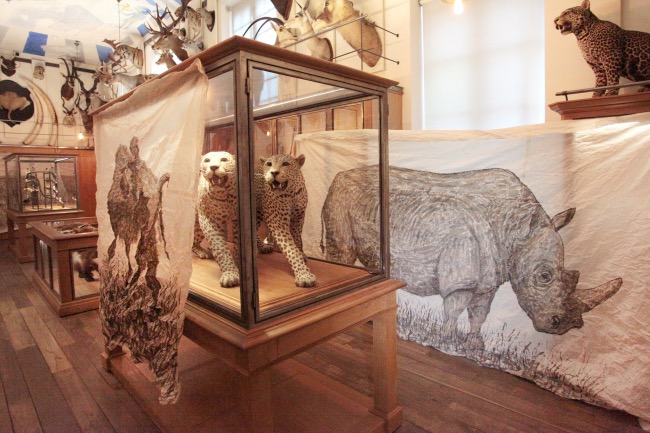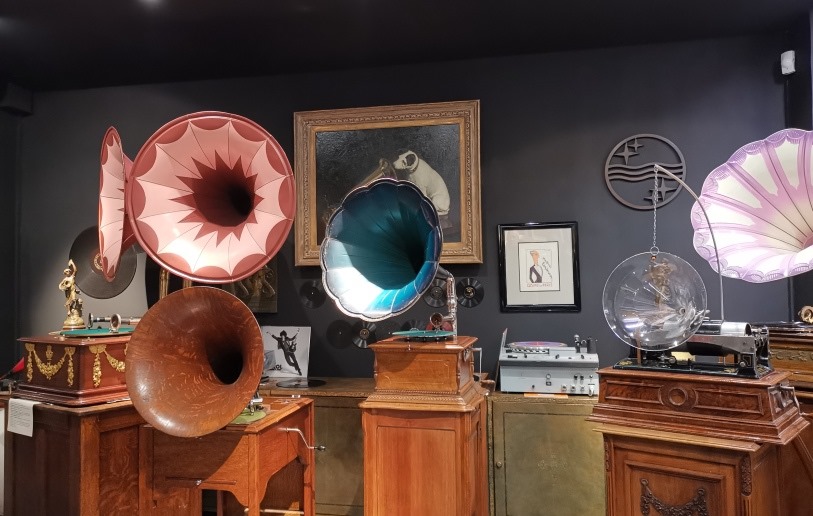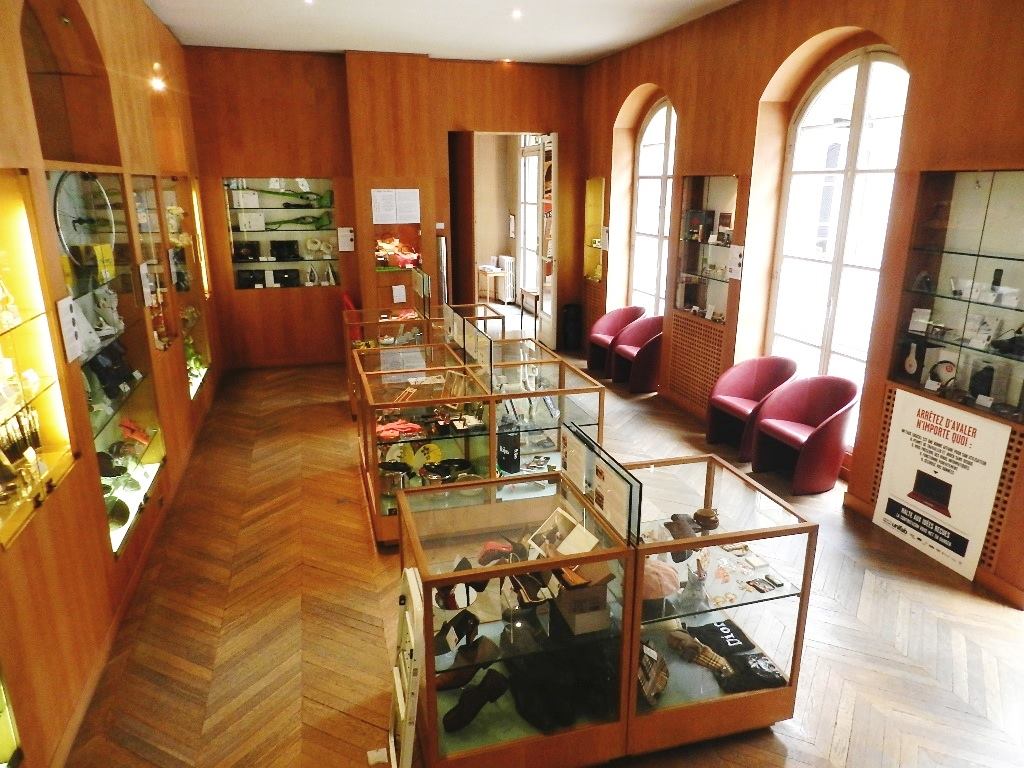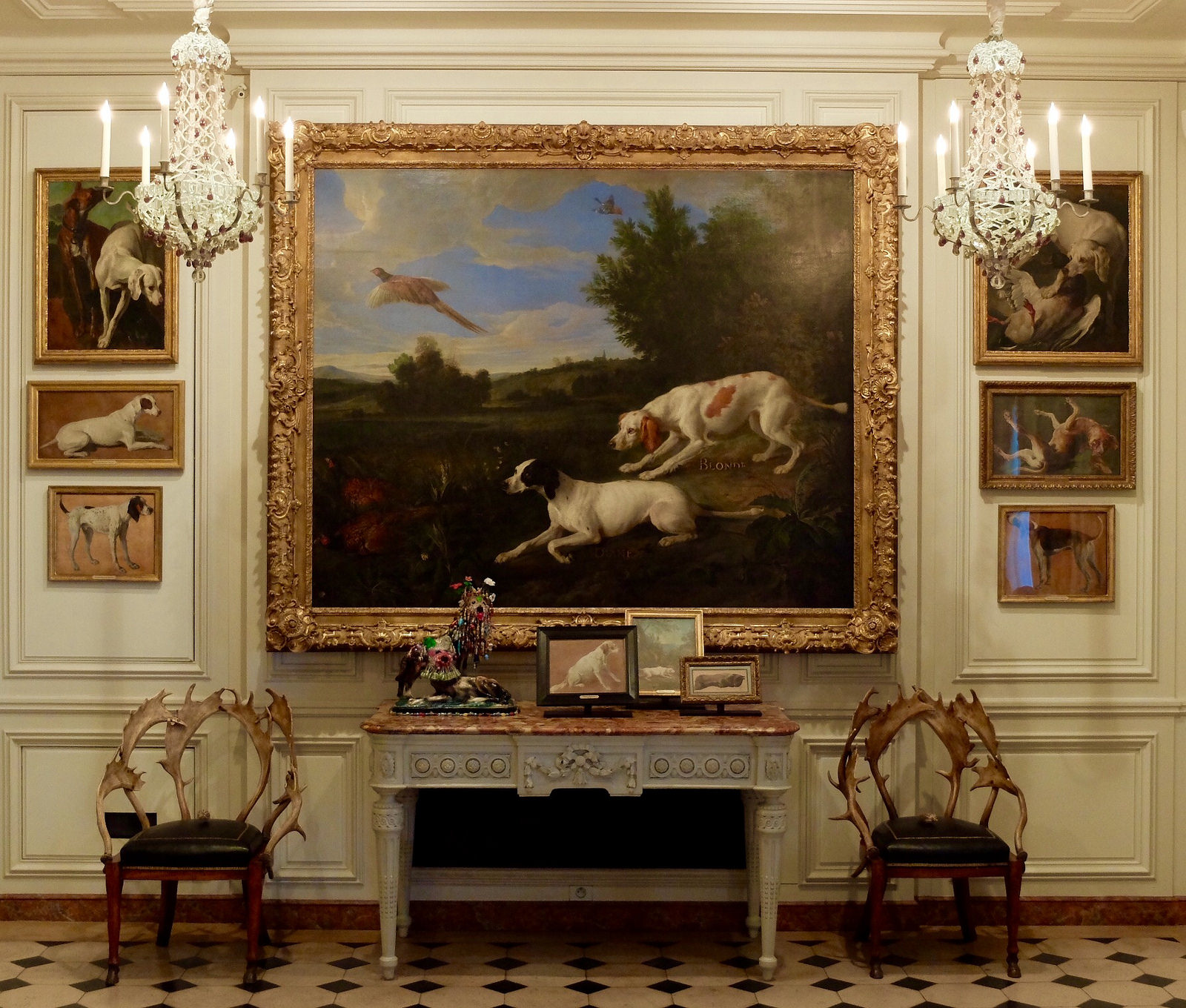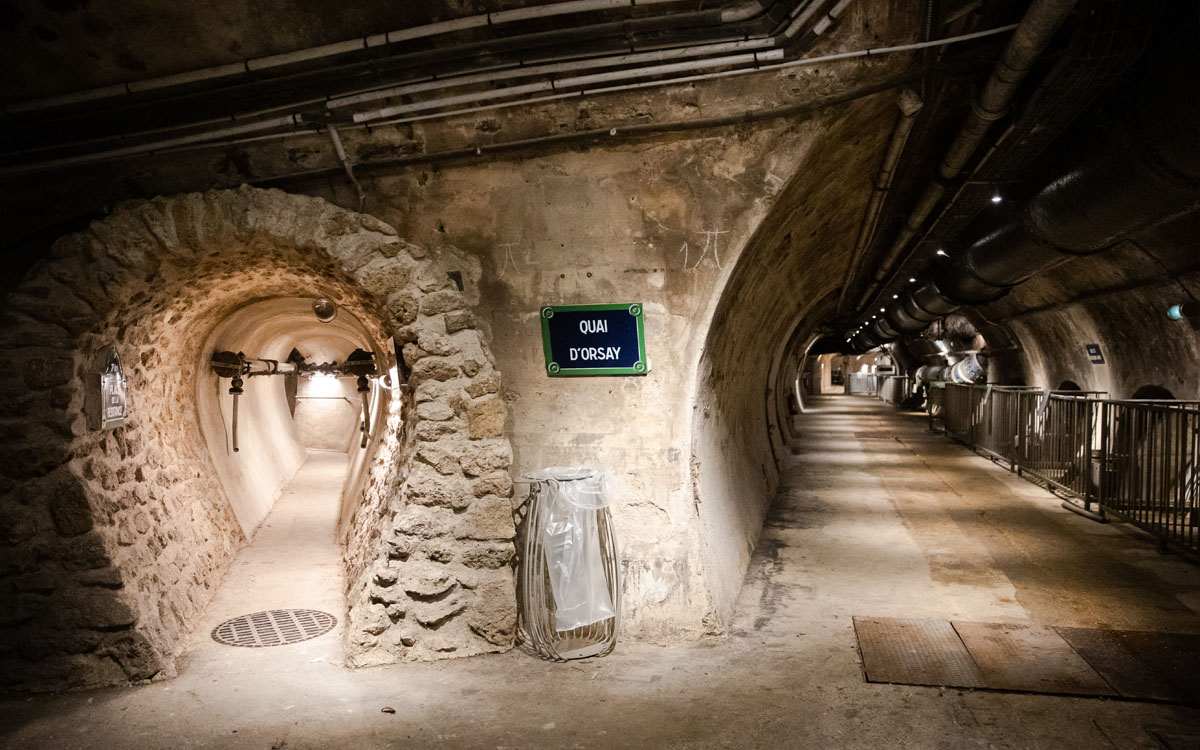Many of our Kent Paris School students will be spending a good deal of time at la Bibliothèque nationale, France’s National Library, especially as they work on their final papers and dissertations. But if you want to take a break from your research, Paris’ large 13th district has plenty of gems to discover. From street art to Chinatown and from former villages to thought-provoking contemporary architecture, here are our favourite things to do in the 13th:
Station F and La Félicità
Just next to the Library is the large co-working venue, Station F. Located within a former rail freight depot dating from 1927, since 2017 it has been home to the world’s biggest start-up “campus” or incubator. Many of the dynamic creatives who work there drift over to the restaurant part of the complex, La Felicità, a massive Italian food emporium where you can find great coffee, dine in a former train car or sip aperitivo on its terrace at the end of a long day.
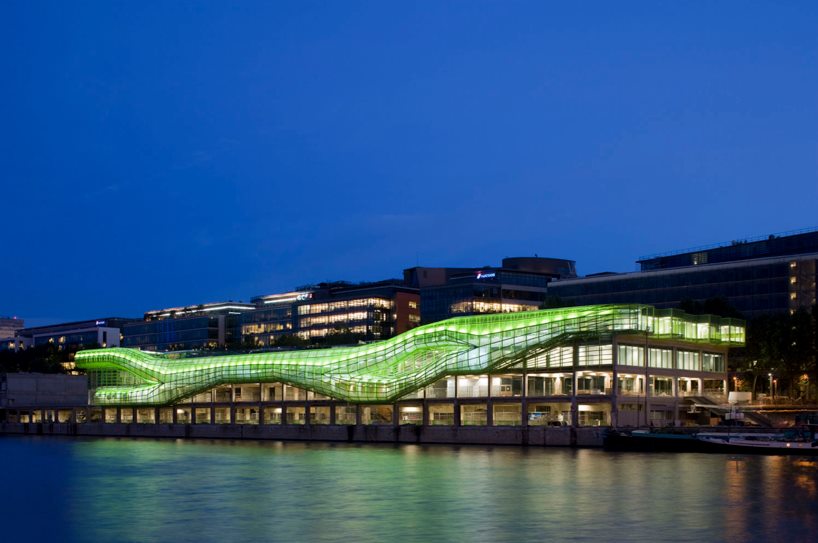
Photo Credit: Cité de la Mode et Design
Paris Rive Gauche – Contemporary Architecture District
The 13th has positioned itself as a cluster of innovation – evidenced not only through the high concentration of start-ups, but also through its rapidly evolving architecture. Throwing off the Haussmannian rigidity, the 13th arrondissement contains a particularly rich collection of exciting contemporary buildings just to the east of the Bibliothèque nationale. Called Paris Rive Gauche, the district has a mix of residential, office and university buildings. You can explore these thanks to this useful article (in English) available on the Paris City Hall website.
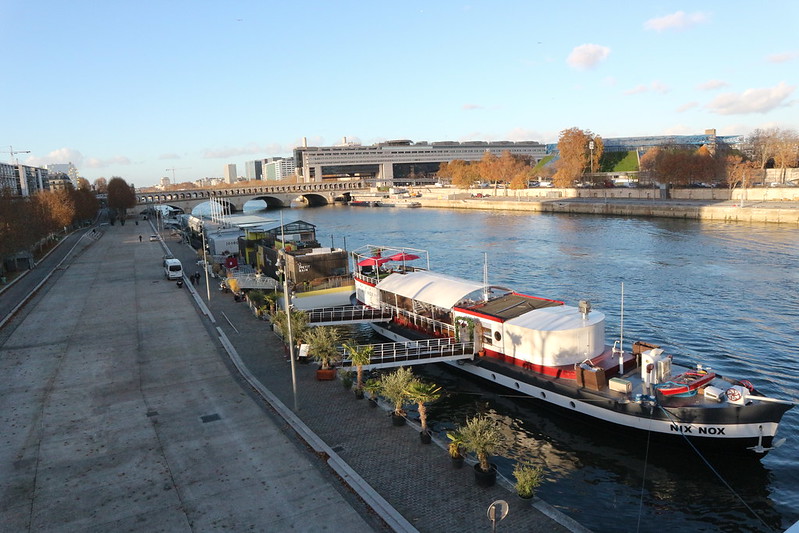 Port de la Gare
Port de la Gare
On the quais just in front of the Bibliothèque nationale is one of the nicest – and coolest – sections of the Seine river banks within Paris. The pedestrian walkway is the perfect place to stretch your legs during a study break, for a picnic in balmy weather or to end your day. Its floating bars (known as péniches in French), including one on an old-fashioned boat, are very popular with eastend Parisians. From late spring to late summer, and especially on weekends, these péniches expand with quai-side seating and activities. There is also a CROUS (university canteen serving low-cost meals), the Le Cafétéria Pont supérieur, inside one of the barges.
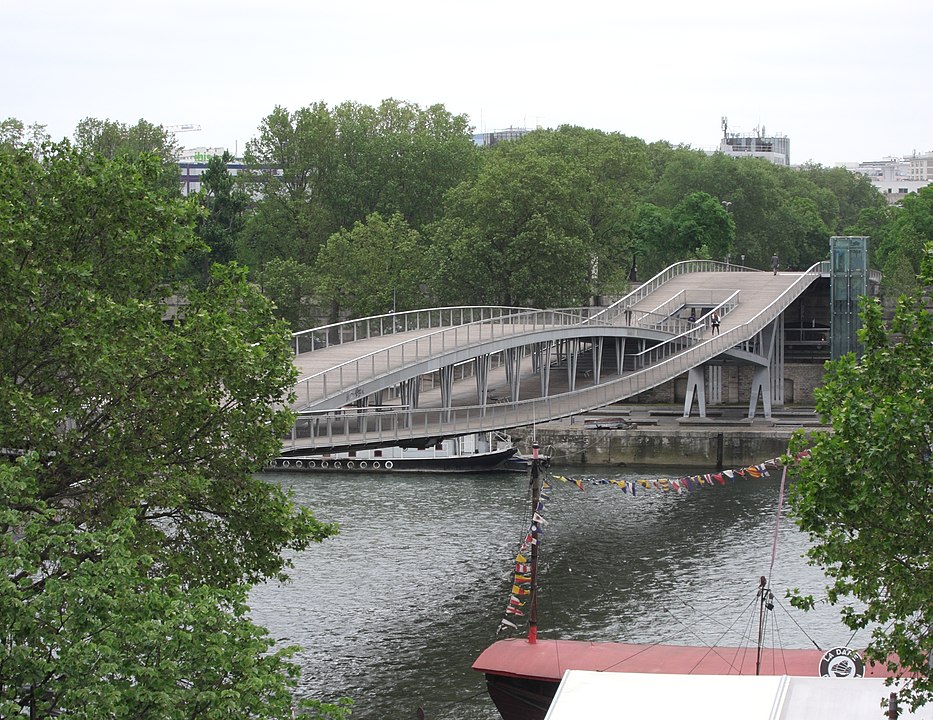
Passerelle Simone-de-Beauvoir. Photo: / CC
Passerelle Simone de Beauvoir
The newest of Paris’s 37 bridges, the footbridge was inaugurated in 2006 and named in honour of France’s great feminist philosopher and writer. It was designed by Feichtinger Architectes and constructed by the Eiffel company (yes, Gustave Eiffel’s company lives on to this day!). You can gaze up at the bridge from the Port or access it from the Library’s esplanade. Looking west, from the bridge you have a great view of the Pont de Bercy where métro line 6 zips by every few minutes.
Street Art
Over the last decade or so, the 13th has come to boast one of the highest concentrations of street art. Today the district’s large tower buildings are decorated with over 50 murals as well as scores of smaller works by French and international artists like Obey, Inti and C215. Although these are scattered around the 13th, you can see many larger ones as you walk down Boulevard Vincent Auriol and see smaller works around Les Buttes aux Cailles (see below). You can locate them with the help of this interactive map and you can learn more about top Parisian street artists in this blog post.
 Butte-aux-Cailles
Butte-aux-Cailles
A stone’s throw from both Chinatown and busy Place d’Italie is one of the loveliest of Paris’s former villages. Once a small hamlet on the outskirts of the city, the Butte-aux-Cailles gradually became associated with the Parisian working class. Luckily, the neighbourhood escaped Haussmann architectural injunctions. Today, the quartier is lined with restaurants and bars popular with students from nearby campuses. A favourite neighbourhood haunt is Le temps des cérises, a cooperative-model bistrot. Opened in 1976, the bistro’s menu, prices, and operating model pay hommage to the working class (and the bistro’s name, the Time of Cherries, is a nod to the Paris Commune of 1871). Read more in our guide to the former villages of Paris at this link.
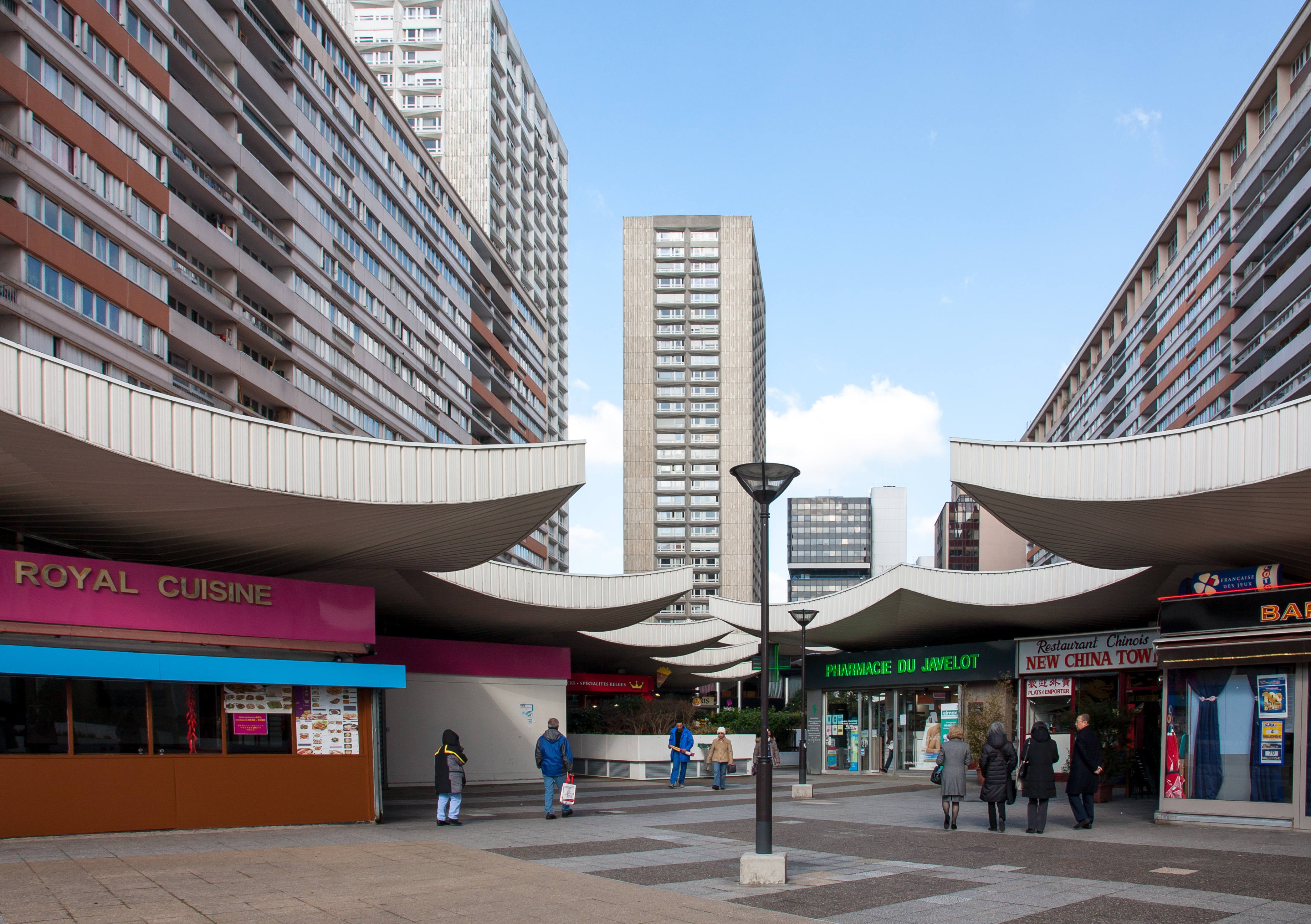
Les Olympiades, Jean-François Gornet
Chinatown
A section of the centre of the 13th district, the area around the modern high-rises of Les Olympiades, is well-known for its bustling Chinatown. The largest Chinatown in Europe, this can be found between Avenue d’Ivry, Avenue de Choisy and Boulevard Masséna. You can learn more about its history, as well as dining recommendations, in our guide to Paris’s Chinatowns.

Le Château de la Reine Blanche. / CC
Le Château de la Reine Blanche
The Château de la Reine Blanche, or Castle of the White Queen, (6 Rue Gustave Geffroy, 75013) is one of the arrondissement’s hidden gems. The structure dates back to 1290 and takes its name from Blanche de France who inherited the manor house from her mother. Parts of the building are from the 14th and 15th century. Today the castle is privately owned and unfortunately rarely open to the public (except on the Journées du Patrimoine held in mid September), but you can still view it from the street. Discover other lesser known medieval sites in Paris in this article.

photo: Sonia Yassa/ Ville de Paris
Square René Le Gall
The 13th arrondissement does not have an abundance of parks, but this pretty one is tucked away on a side street near the Château de la Reine Blanche. The Square René Le Gall is located next to where the Bièvre River once flowed, Paris’s second river that only exists underground now within the city limits. The park was built over a land mass in a fork of the river previously called Monkey Island; a little stream runs through the garden, tracing the path of the semi-defunct river. The perfect place to read on a sunny day, the park has some rose arbors, a quirky obelisque, fruit trees, sycamores and a huge Indian chestnut tree planted in 1894.
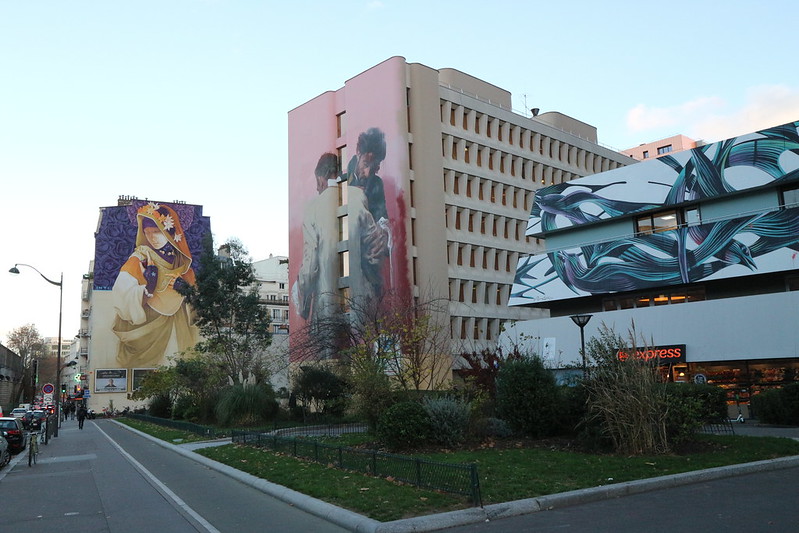
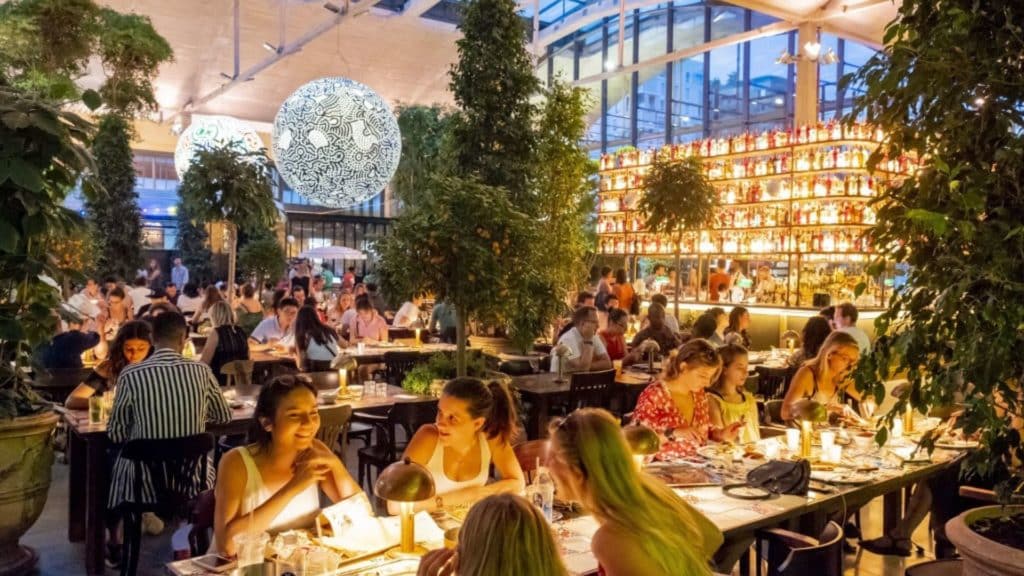
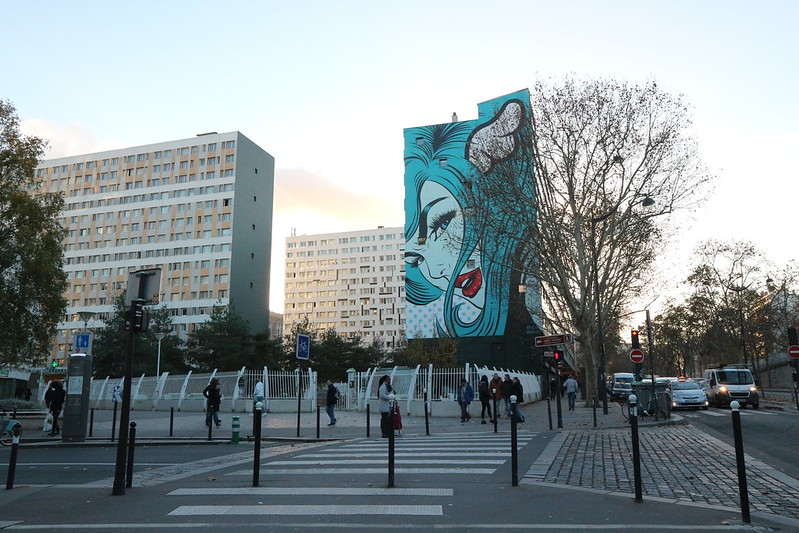


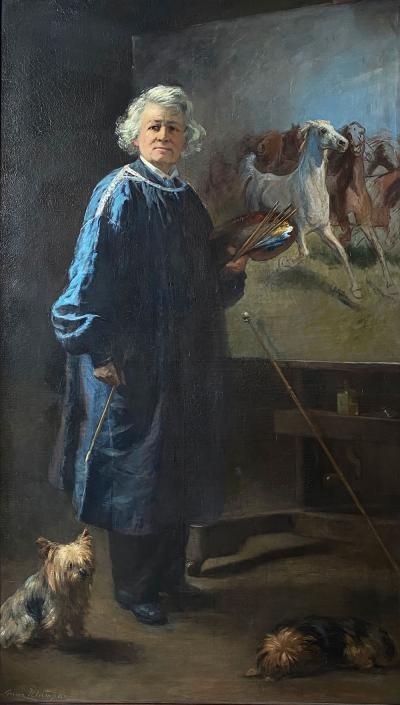

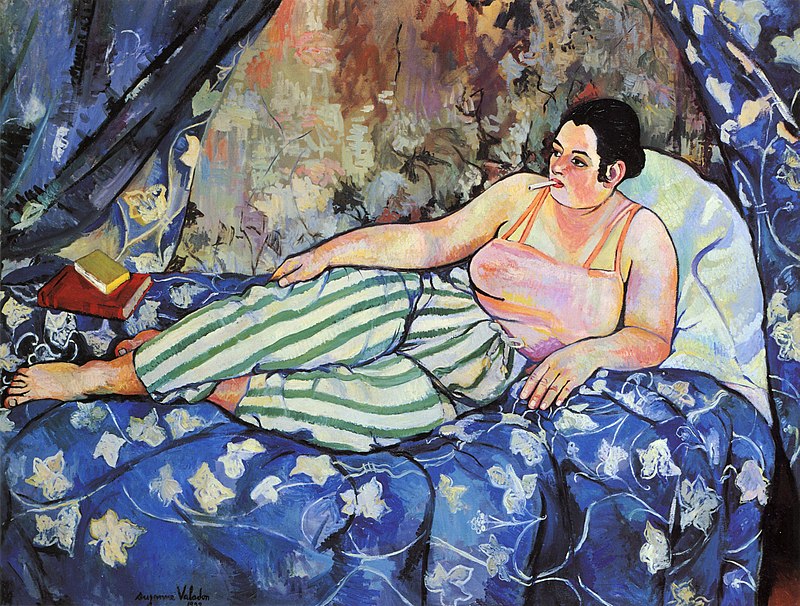

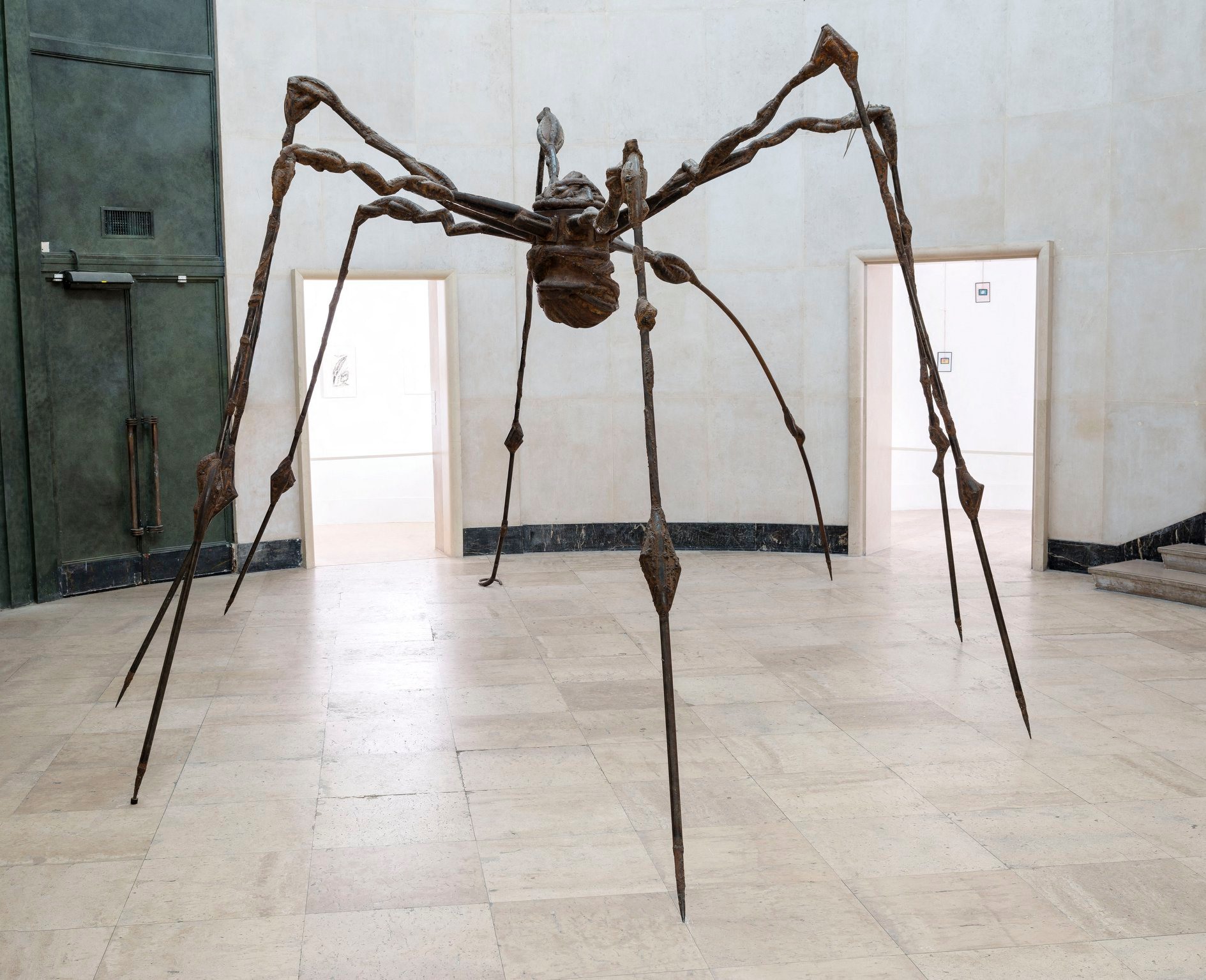

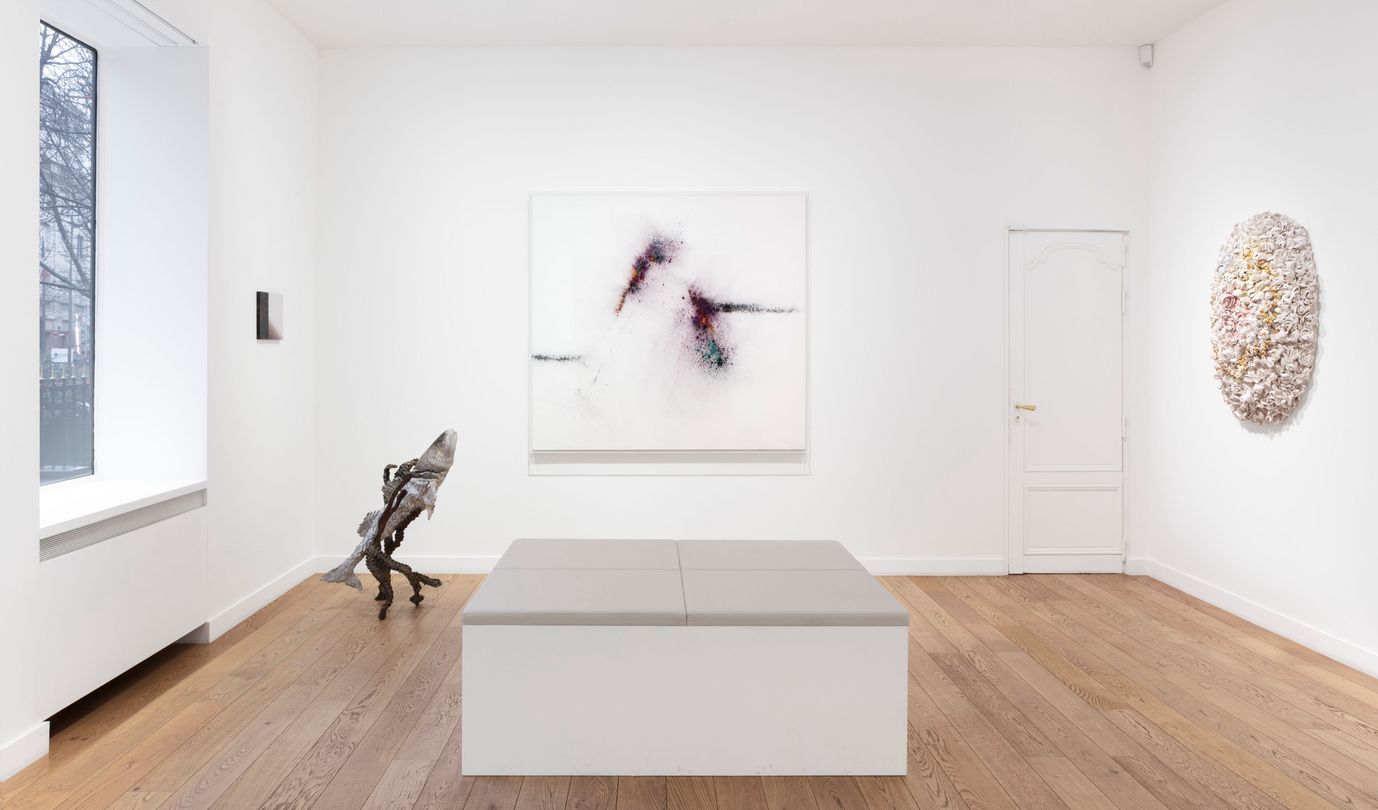
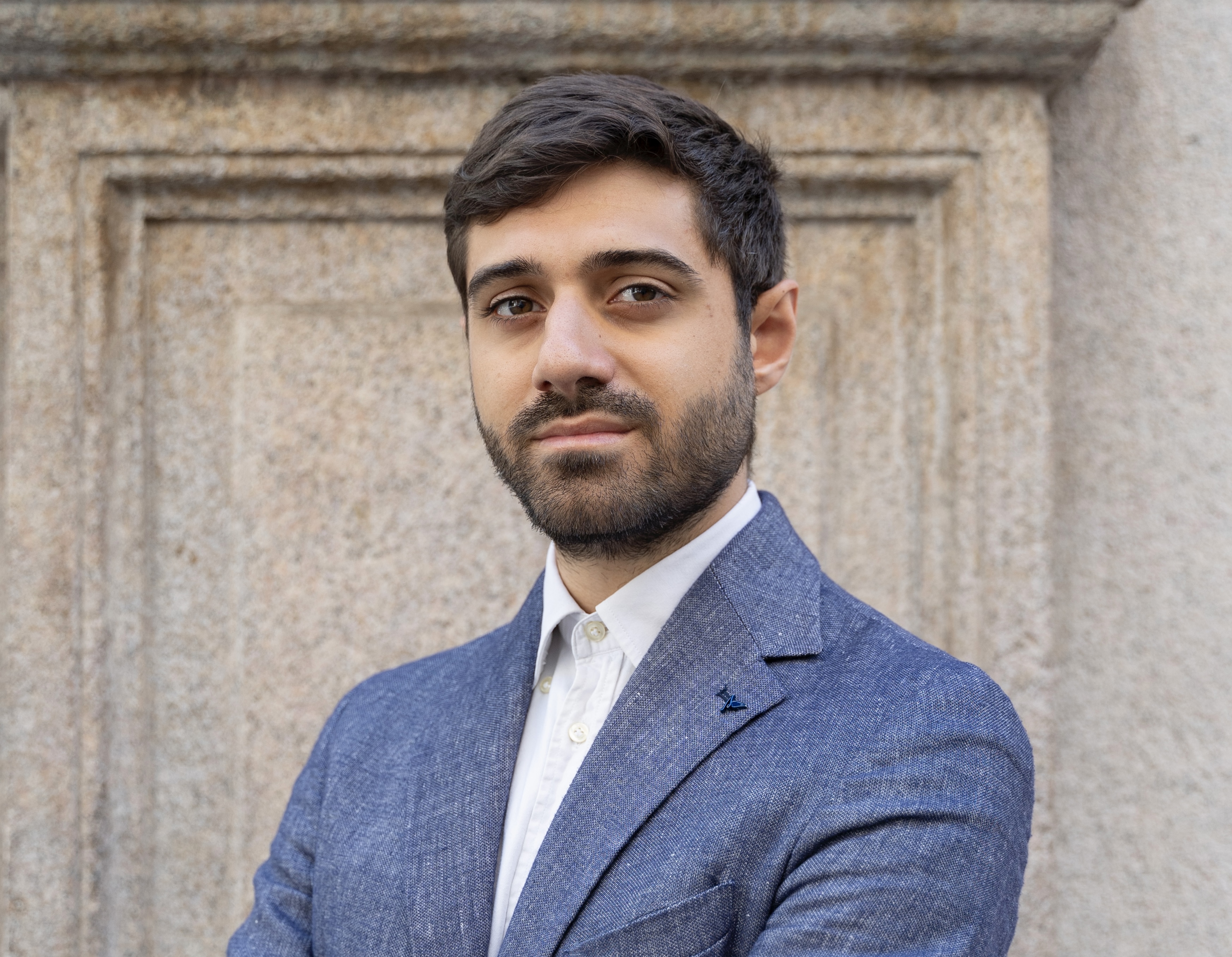

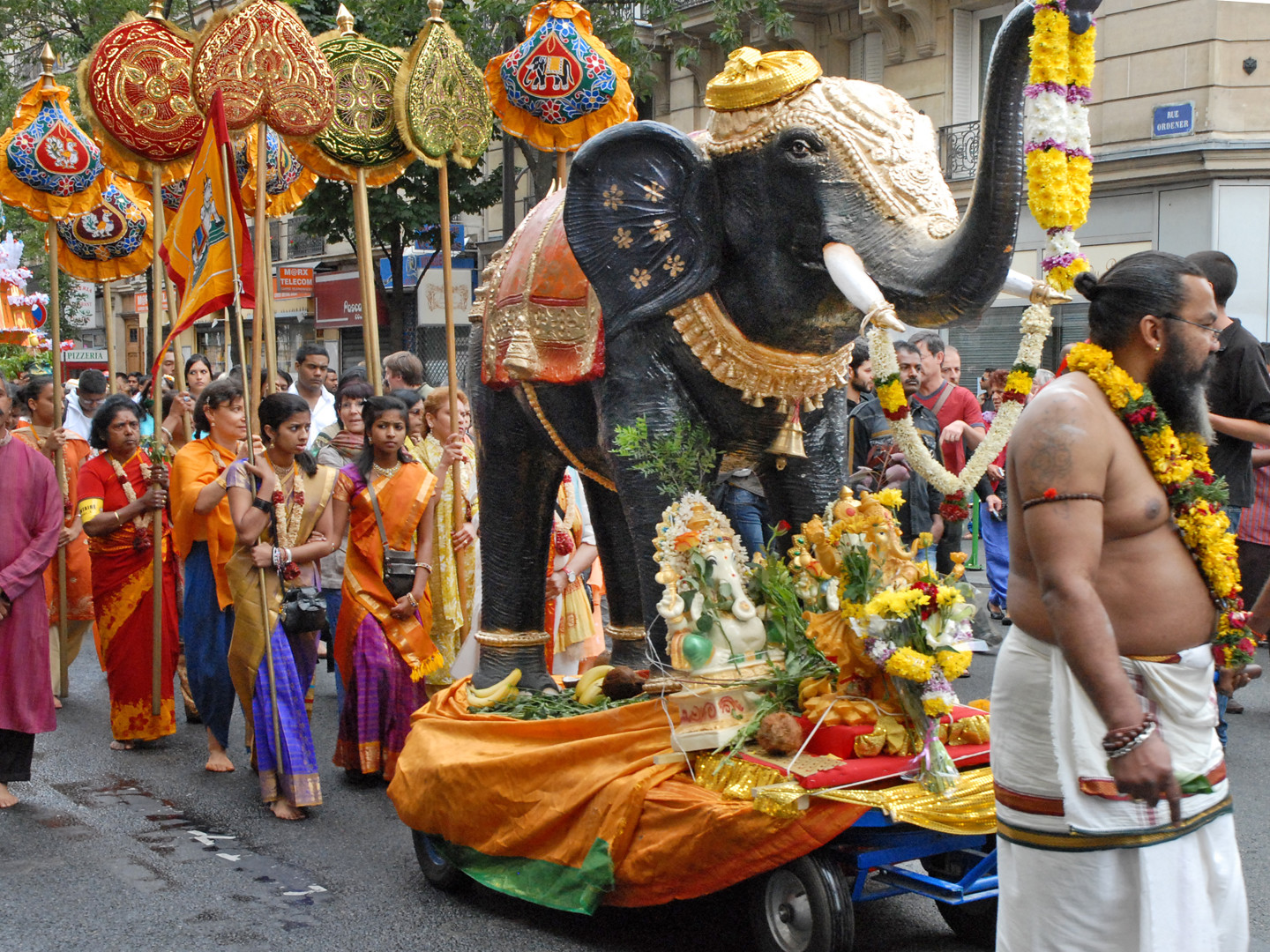
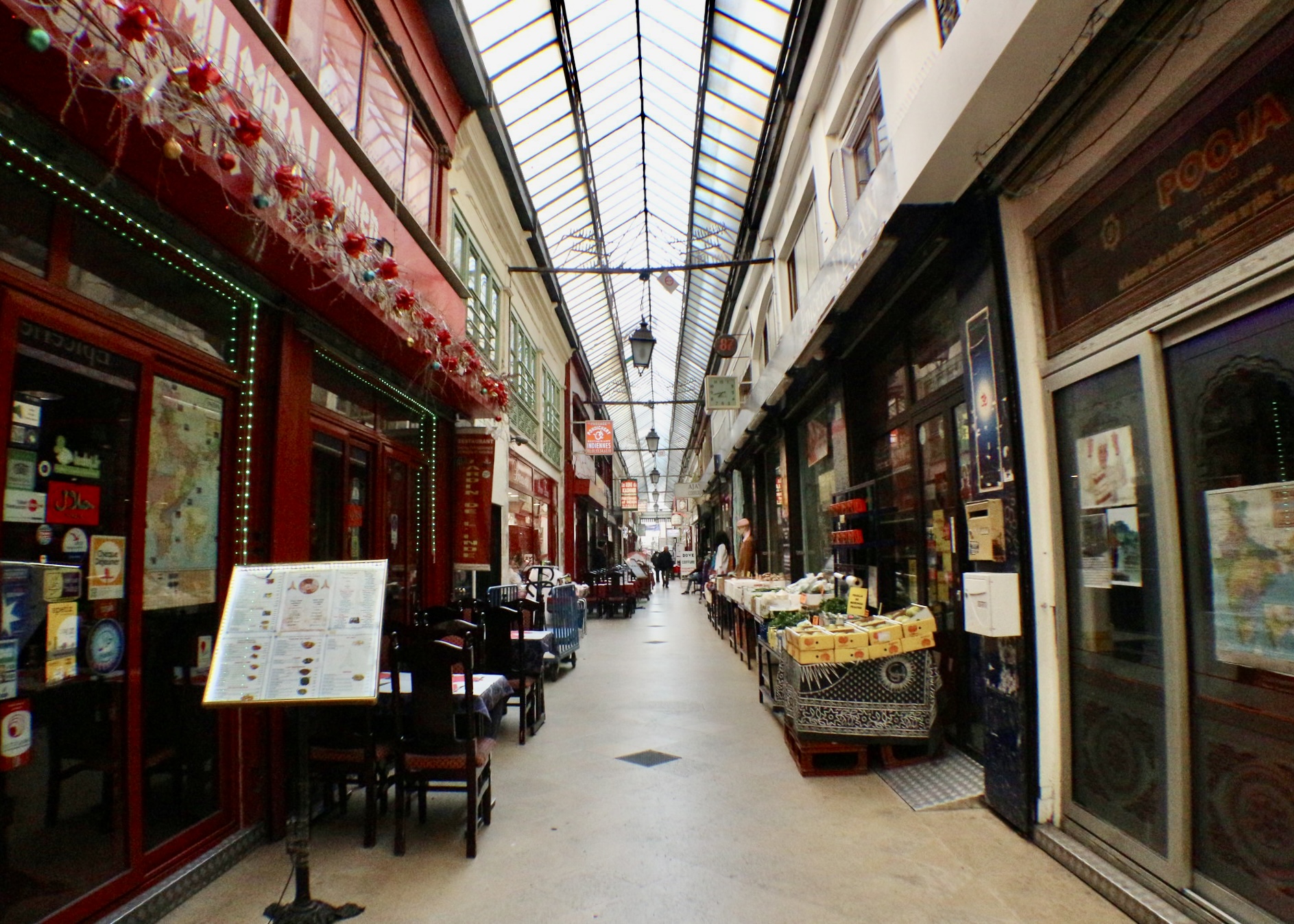
 Little India
Little India